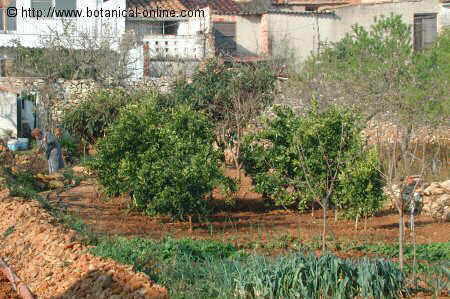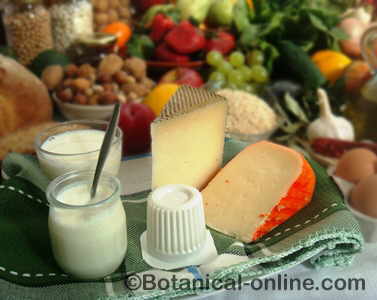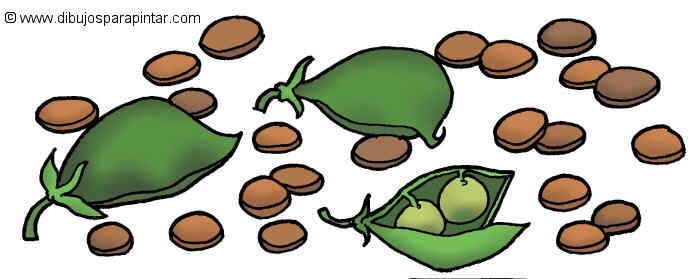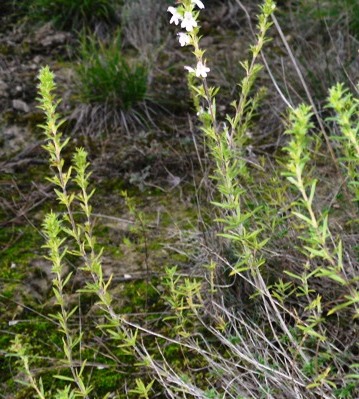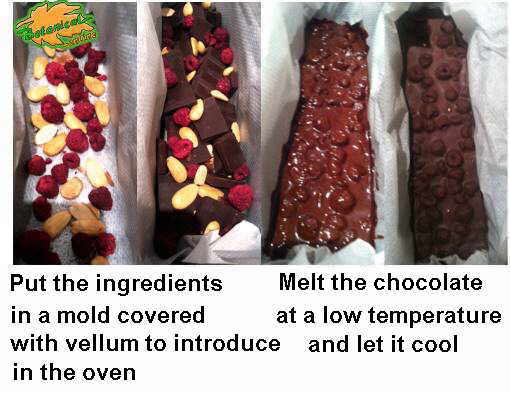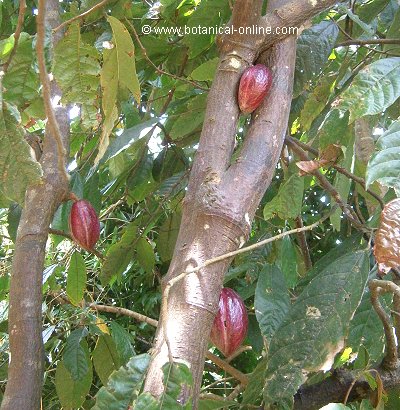Contents
What is a mountain pine tree?
Characteristics of mountain pine (Pinus mugo)
Common English name: Mountain pine, Swiss mountain pine, mugo pine, dwarf mountainpine, scrub mountain pine, creeping pine
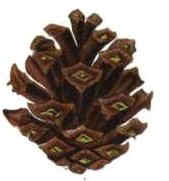
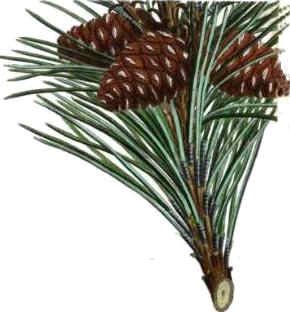
Scientific noun : Pinus mugo Turra
Synonyms: Pinus montana Mill.; Pinus mugo var. pumilio; Pinus mughus Scopolino
*See: Mountain pine in other languages
Family. Pinaceae.
Habitat: Where does mountain pine grow?
From Western to central European mountains. Native in the Pyrenees, Alps, Carpathians, Apennines and Ore Mountains. It is generally situated between 1200 and 2200 meters but it may climb to 2700 in the Pyrenees.
In other mountains of central Europe, as the German foothills of the Jura, or northern Poland, it can live at heights of 200 meters
It prefers acidic or neutral soils. Although it tolerates drought, for optimal growth, it requires moisture. However, it should not be planted in soil with poor drainage.
It needs a sunny environment and can withstand cold, wind and maritime climate very well.
Description of mountain pine
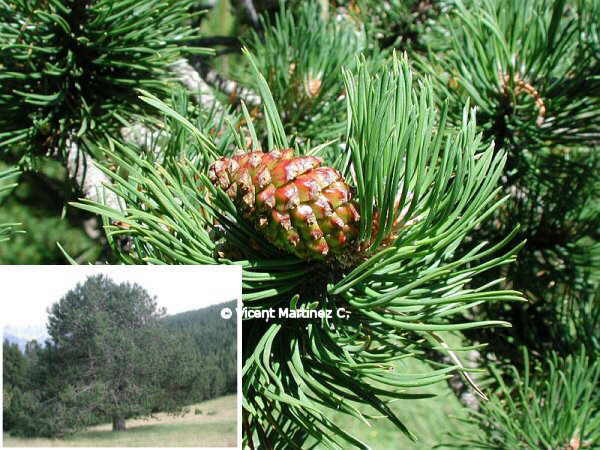 Mountain pine: general aspect (left) leaves and cones (right)
Mountain pine: general aspect (left) leaves and cones (right)
Evergreen shrub or small tree of the Pinaceae family up to 3 m high (in very few cases it reaches 10) Creeping or multiple.
Twisted stems with blackish gray bark.
Leaves dark, bright, very stiff and sharp green, curved, 3 to 8 cm long, grouped in pairs.
Female cones 3 to 6 cm long, placed horizontally, sessile, isolated or in groups of 2 or 3, greenish-red when young and brown and shiny as they mature. Lumps of cone scales not prominent.
Small seeds. It blooms from May to June.
Differences between mountain dwarf pine and mountain pine
There is an open debate about the different species or varieties within the mountain pine. This focuses mainly on the classification of three species or varieties: Pinus mugo, Pinus uncinata Miller and Pinus rotundata Link.
- Pinus uncinata Miller (Pinus mugo subsp. uncinata) is considered by many experts as a subspecies of Pinus mugo . Therefore, the latter is called mountain dwarf pine, while the other is simply known as mountain pine. Some experts consider them different species.
In fact, the differences between them are very small. Pinus uncinata Miller is a tree rather than a shrub, with one erect and thick trunk that can reach 20 meters high. Its pine nuts are asymmetrical and larger (between 4 and 7 cm in length) and with prominent hooks on the scales. It is distributed together with Pinus mugo, in large European mountains, forming large forests in the Pyrenees and Alps between 1600 and 2700 meters.
- Pinus mugo (Pinus mugo subsp. mugo) is a short plant, a shrub, sometimes with more that one stem, 3 -6 m. tall. It produces symmetrical pine cones with thin scales.
- Pinus rotundata Link (Pinus mugo subsp. rotundata ; Pinus uliginosa Neumann ex Wimmer) is a variety of mountain pine growing on peat soils. It is believed to be a hybrid form between Pinus mugo and Pinus uncinata and it may even have genes from Scots pine (Pinus sylvestris). It can be found in western Alps and northern Carpathians.
Other hybridizations
Pines have a great facility to hybridize between them and the mountain pine is no exception. The result of these mixtures can include the following varieties:
- Pinus x pseudopumilio (Willk.) Beck. It is a hybrid form between Pinus mugo and Pinus rotundata.
- Pinus x digenea Beck: Form hybrid between Pinus sylvestris and Pinus rotundata.
- Pinus x rhaetica Brügger = Pinus x celakovskiorum Ascherson & Graebner = hybrid form between Pinus sylvestris and Pinus mugo.
Mountain pine uses
- Black pine wood: Many black pine forests have been exploited for timber production.
- Stabilization of soils: In northern Europe this pine varieties are used to stabilize soil and prevent erosion.
- Removing resins?: It is not used too much for this purpose as it is not as productive as the pines of warm regions.
![]() More information on pines
More information on pines

